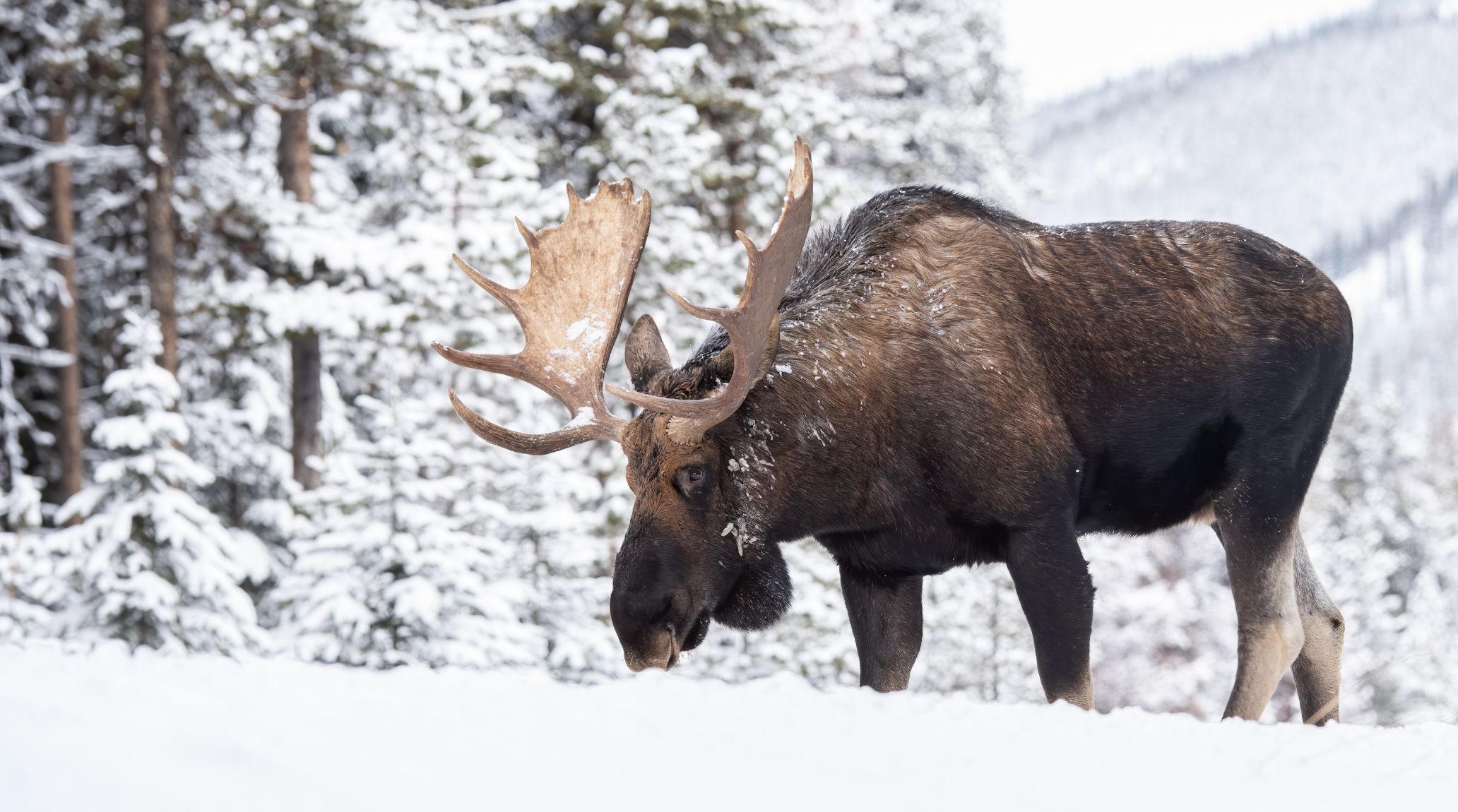
“
These majestic creatures, known for their towering size and impressive antlers, captivate the imagination of children and adults alike. Moose, which belong to the deer family (Cervidae), are the largest extant species in this group and are sometimes referred to as "elk" in Eurasia. In this blog post, we'll dive into 20 fascinating facts about moose that are perfect for young wildlife enthusiasts. From their habitat and diet to unique behaviors and adaptations, you'll discover why moose are such incredible animals to learn about. 1
1
”
Moose, the largest deer species globally, are renowned for their colossal antlers that can span up to 6 feet across. These impressive antlers make them a striking symbol of wilderness and a formidable presence in their habitats. 1
These herbivores thrive in North America, Europe, and Asia, adeptly navigating diverse terrains. Their powerful legs and keen senses of smell and hearing help them detect potential threats. 2
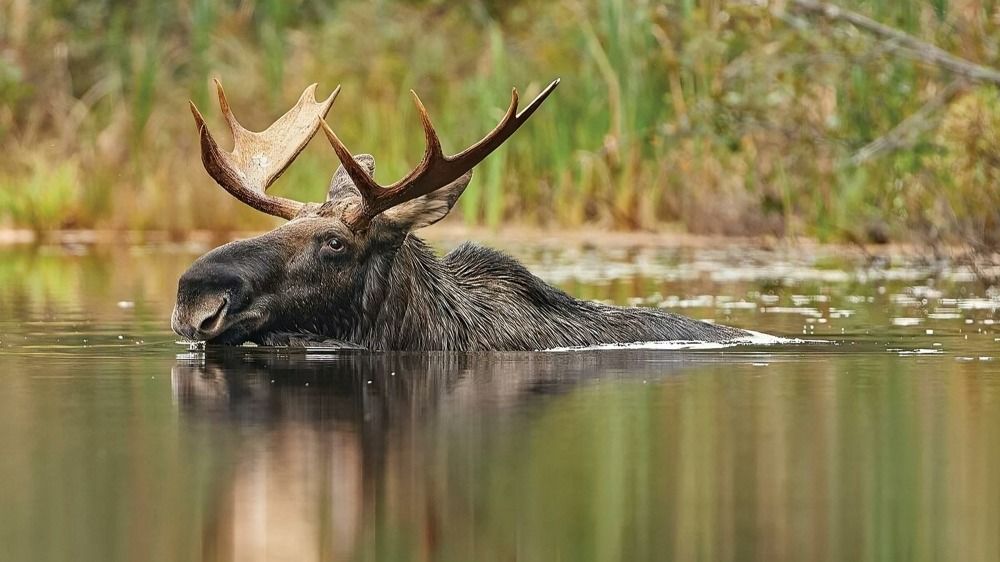
Despite their massive size, moose are excellent swimmers, capable of diving underwater to feed on aquatic plants. During the warmer months, they use this ability to access nutritious vegetation.
Male moose, or bulls, shed their antlers annually after the mating season and regrow them over the summer. This process is essential for attracting mates and establishing dominance. 3
Moose have thick, hollow hair and specialized blood vessels in their legs that help them withstand freezing temperatures. These adaptations are vital for surviving in their cold natural habitats. 4
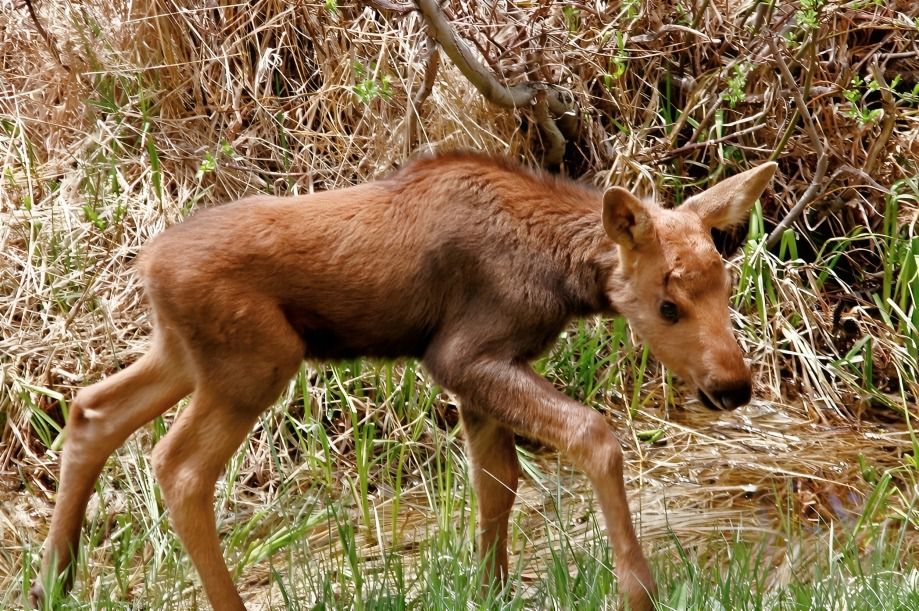
Calves, born in the spring, spend their first year under the care of their mothers. During this time, they learn essential survival skills crucial for thriving in the wild. The mother's guidance is critical for the calf's development and future independence.
Moose communicate through a variety of vocalizations, including grunts and bellows, which are especially prominent during the mating season. These sounds help them communicate with other moose across the forest.5
In the wild, moose typically live between 10 to 20 years, though calves face high mortality rates from predators like wolves and bears. Once they survive their vulnerable early years, moose can thrive well into their teens. 6
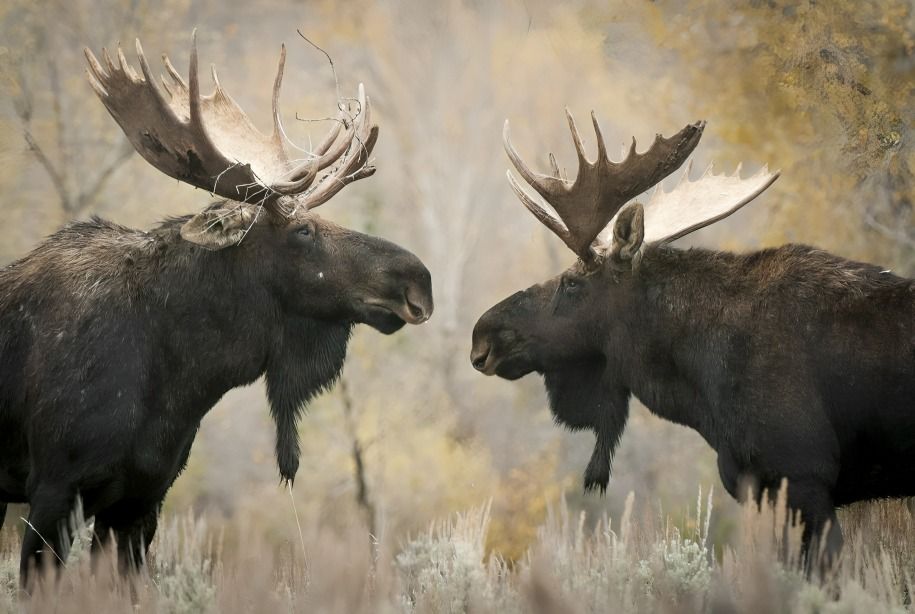
Moose have a unique flap of skin called a "bell" under their throats, used to produce distinct sounds for communication. This anatomical feature is crucial for signaling to other moose. The bell plays an important role in their social interactions.
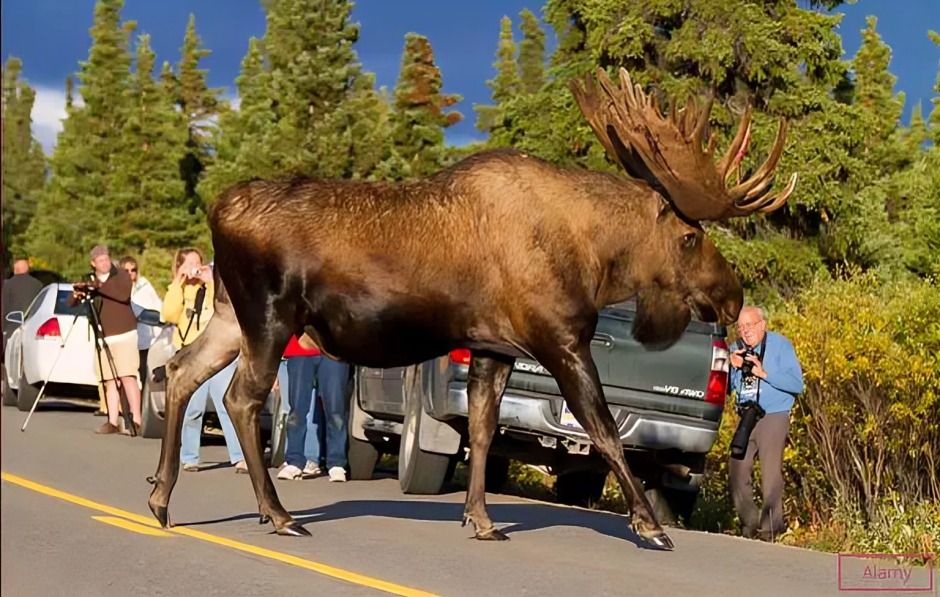
The Alaskan moose (Alces alces gigas) is the largest deer species. In September 1897, a remarkable bull in the Yukon Territory stood 2.34 meters (7 feet 8 inches) tall and weighed about 816 kilograms (1,800 pounds).
Bulls can weigh up to 1,500 pounds and stand over 6 feet tall at the shoulder, showcasing their impressive size. This substantial stature is a prominent feature in the animal kingdom. Their size contributes to their dominance in their habitats.7
Moose are not territorial but can display aggression, especially during the mating season. Bulls often compete fiercely for mating rights, showing their competitive nature. This aggression is a part of their reproductive strategy.8
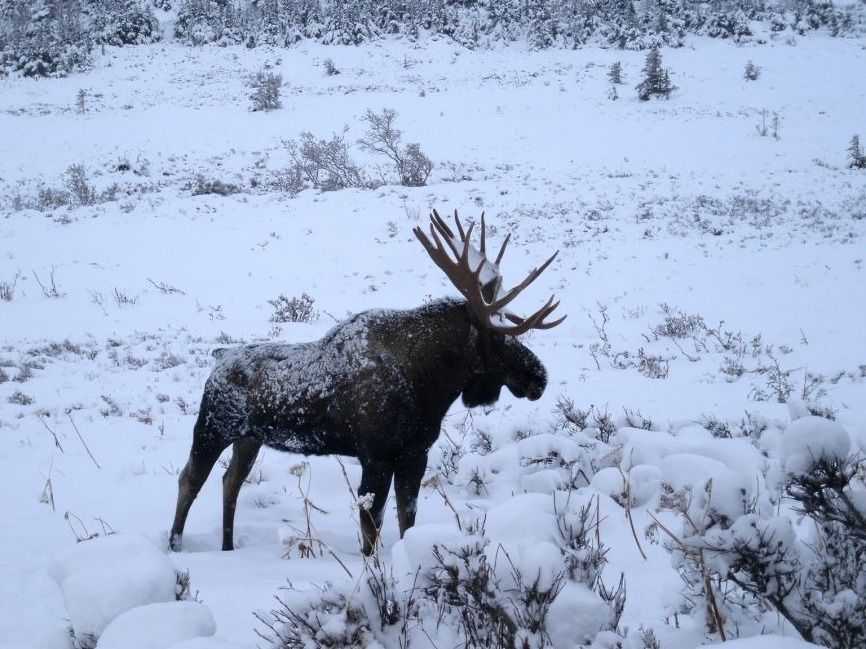
Moose inhabit regions with snow cover during winter. They are specifically adapted to environments where snowfall is prevalent, relying on snowy conditions for their survival.
Moose have large nostrils that help them detect predators and other moose from considerable distances. This keen sense of smell is crucial for their survival. Their nostrils are an adaptation that enhances their ability to respond to threats.9
They are highly adaptable to various climates, from dense forests to open tundras, thriving on the diverse vegetation available. This adaptability allows them to inhabit a wide range of environments. 10
Moose pregnancies, or gestation periods, last about 8 months, with calves typically born in late spring or early summer. Female moose usually give birth to one or two calves at a time. 11
Despite their large size, moose are surprisingly fast runners, capable of reaching speeds up to 35 miles per hour. This speed is useful for escaping predators and navigating their habitats. Their agility adds to their survival strategy.12
Their coat color changes with the seasons, transitioning from darker shades in winter to lighter hues in summer. This color change aids in camouflage and thermoregulation. 13
Moose play a vital ecological role as primary consumers, shaping vegetation patterns through their feeding habits. By feeding on plants, they contribute to ecosystem diversity and health. Their role as herbivores influences the structure of their habitats.14
Moose, the largest members of the deer family, are also the tallest mammals in North America. As part of the deer family, these impressive creatures stand out for their considerable size and remarkable height compared to other mammals in the region.15


